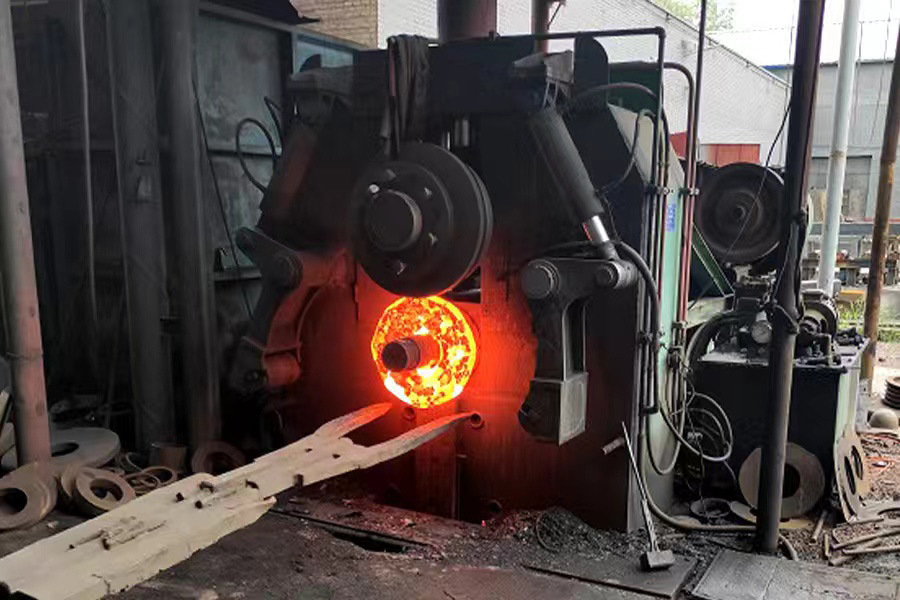Differences between steel plate flanges and forged flanges
Published Time:
2025-04-21
Forged flanges are made from flange blanks forged using a forging process, and then machined. For the same material, forged flanges have higher density and thus improved strength and toughness; steel plate flanges are made from steel plates that are cut and then machined.

Forged flanges are made from flange blanks produced through a forging process, followed by machining. For the same material, forged flanges have higher density, resulting in improved strength and toughness; steel plate flanges are made from steel plates that are cut and then machined. Because forged flanges represent a high level of craftsmanship, they are more expensive than steel plate flanges. However, the quality of steel plate flanges shouldn't be underestimated; they perform very well in low-pressure applications, while forged flanges are suitable for high and medium-pressure applications.
Forged and steel plate flanges have some differences in appearance. Forged flanges are undoubtedly of higher quality, but the choice should depend on whether the application is high/medium-pressure or low-pressure. Steel plate flanges are sufficient for low-pressure applications.
Many materials can be forged, such as carbon steel, alloy steel, and stainless steel. Forged flanges are suitable for high and medium-pressure applications, while steel plate flanges are suitable for low-pressure applications.
Tag:
Previous
Related News
Service Hotline:
Service Email:



